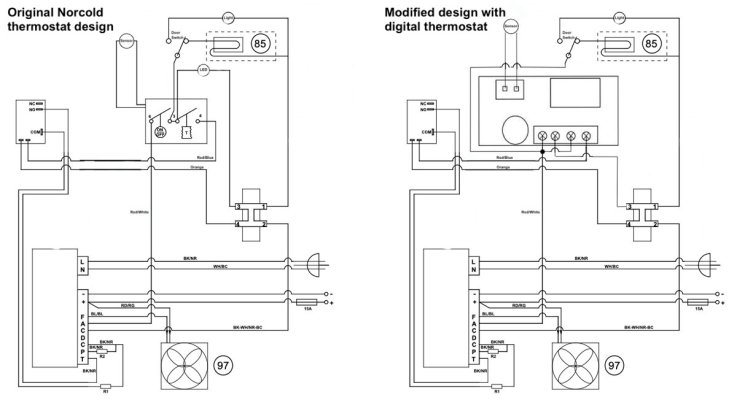sunchaser
Guru
- Joined
- Apr 9, 2008
- Messages
- 10,280
- Location
- usa
- Vessel Name
- sunchaser V
- Vessel Make
- DeFever 48 (sold)
The questions that often arise on the fridge issue tend to neglect one's individual on board battery, genset and ambient conditions. Then space, dock queen or at anchor. Then comes how much stuff do you plan on keeping cool.
Oh, don't forget that 20 ft3 fish freezer that also works for ice cream and left overs. My point? Define your wants, needs, cruising style, charging and inverter system, space and geographical location. Then do you mind defrosting or must you have a power hungry auto defrost unit?
To me, the energy star rating is an end of the line decision maker as opposed to a multitude of musts earlier in the thought process.

Oh, don't forget that 20 ft3 fish freezer that also works for ice cream and left overs. My point? Define your wants, needs, cruising style, charging and inverter system, space and geographical location. Then do you mind defrosting or must you have a power hungry auto defrost unit?
To me, the energy star rating is an end of the line decision maker as opposed to a multitude of musts earlier in the thought process.

